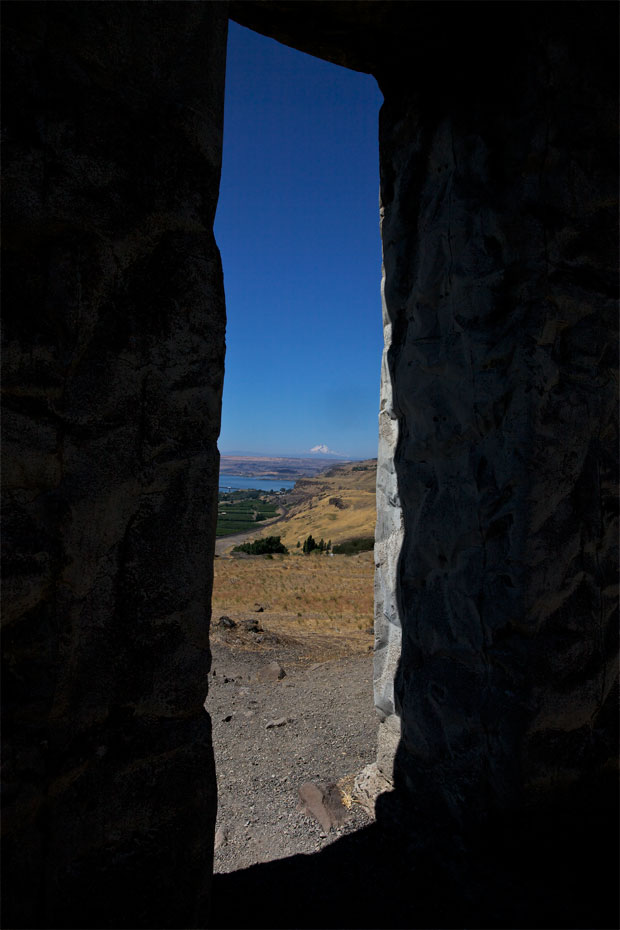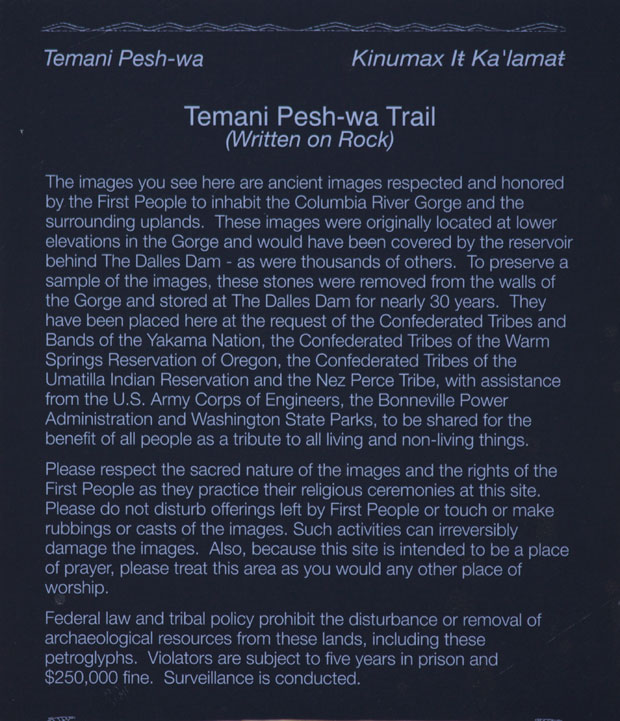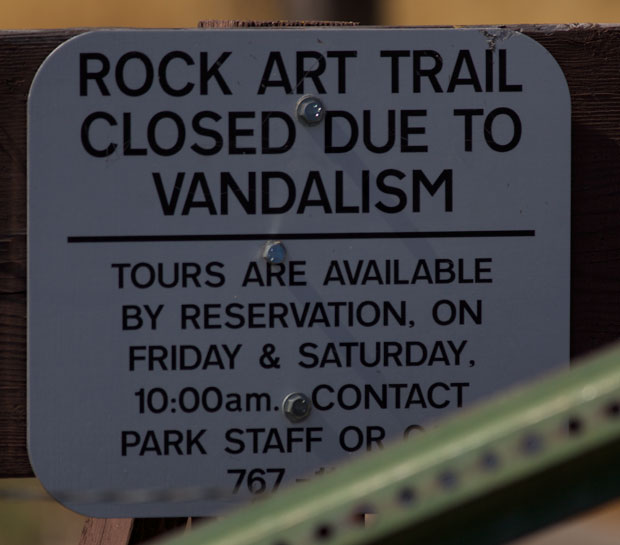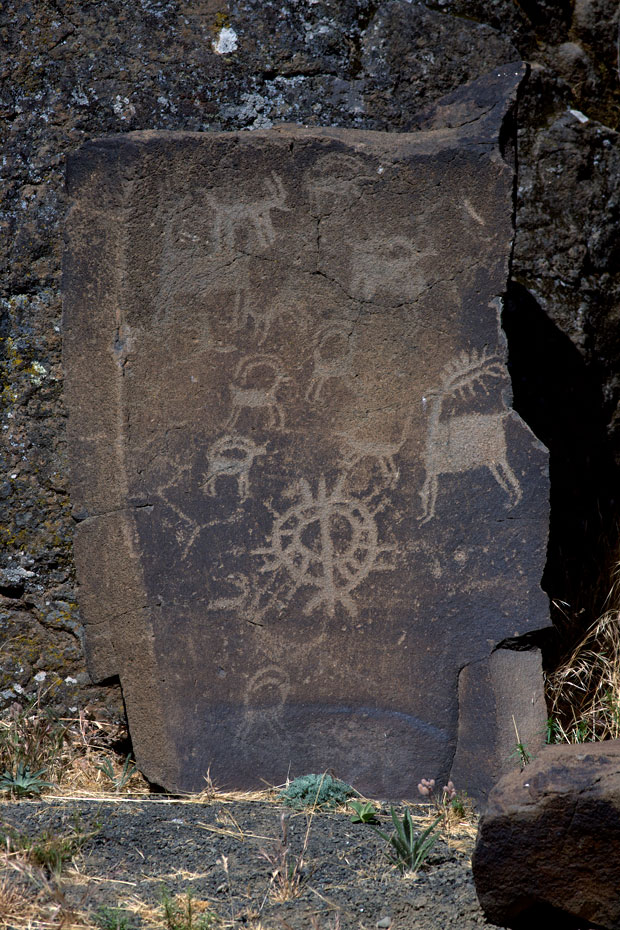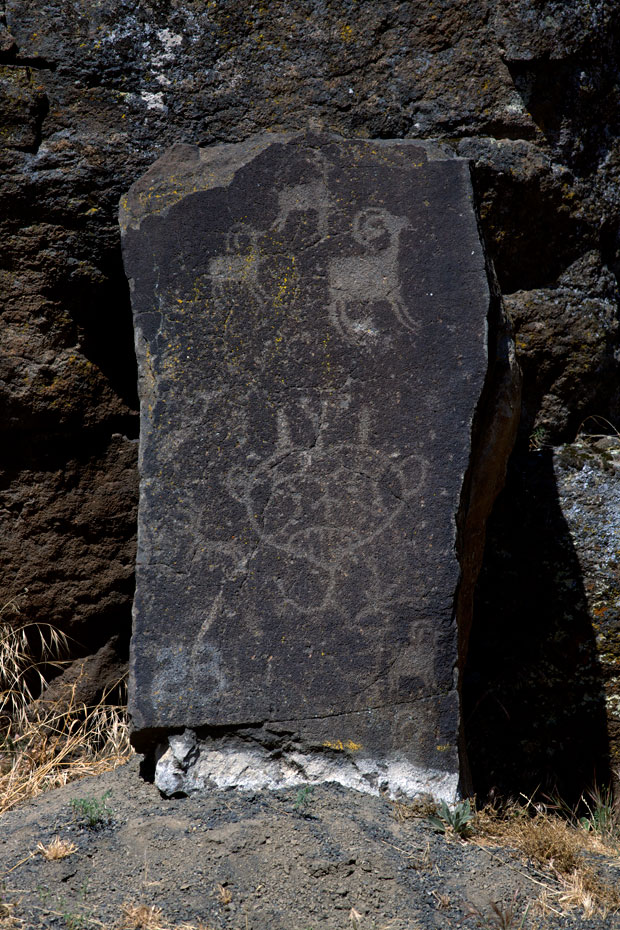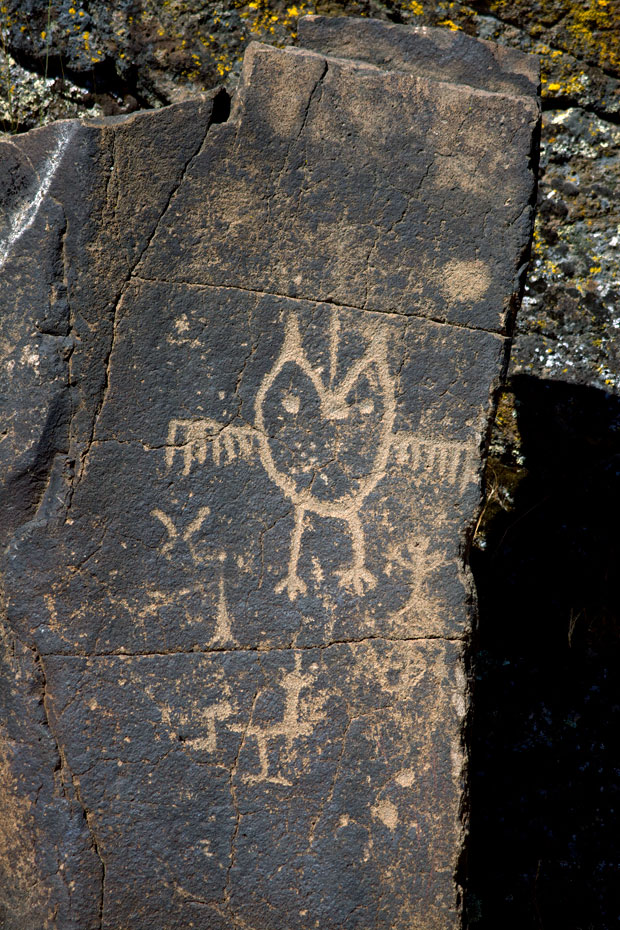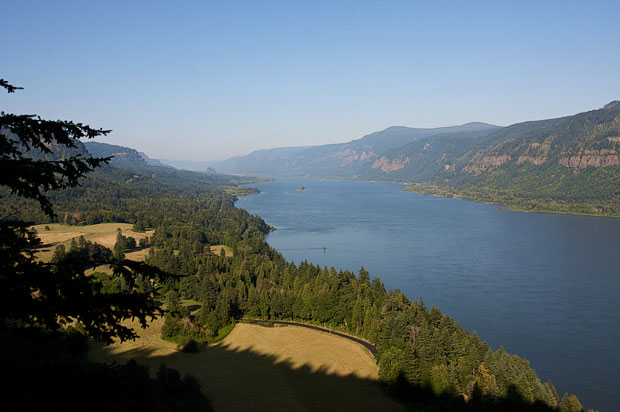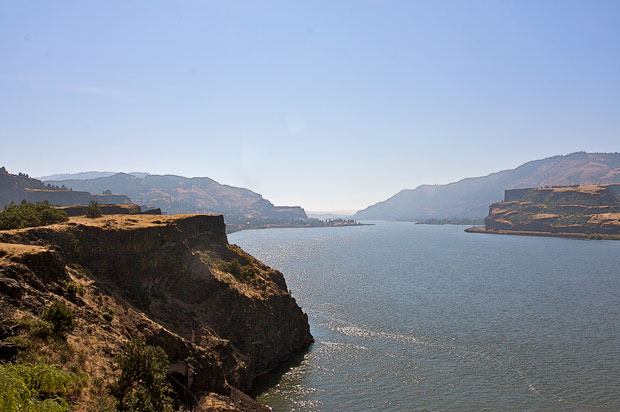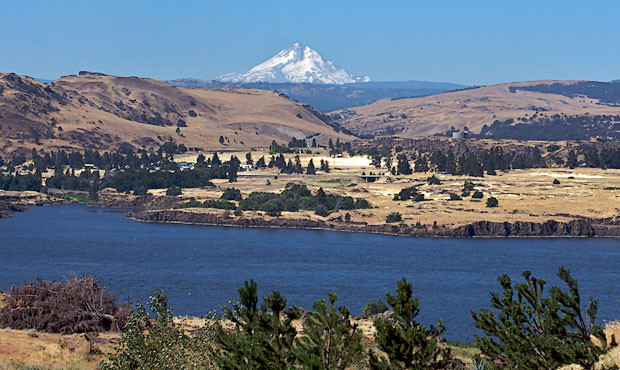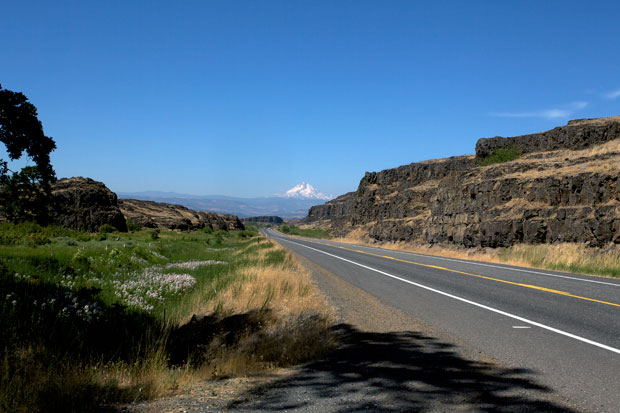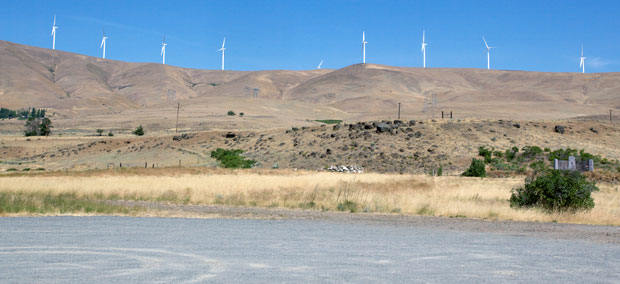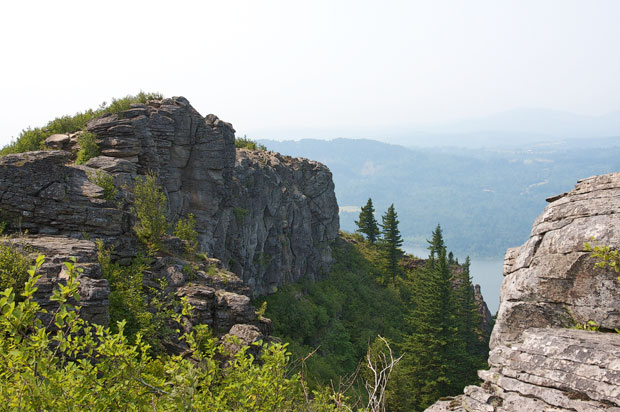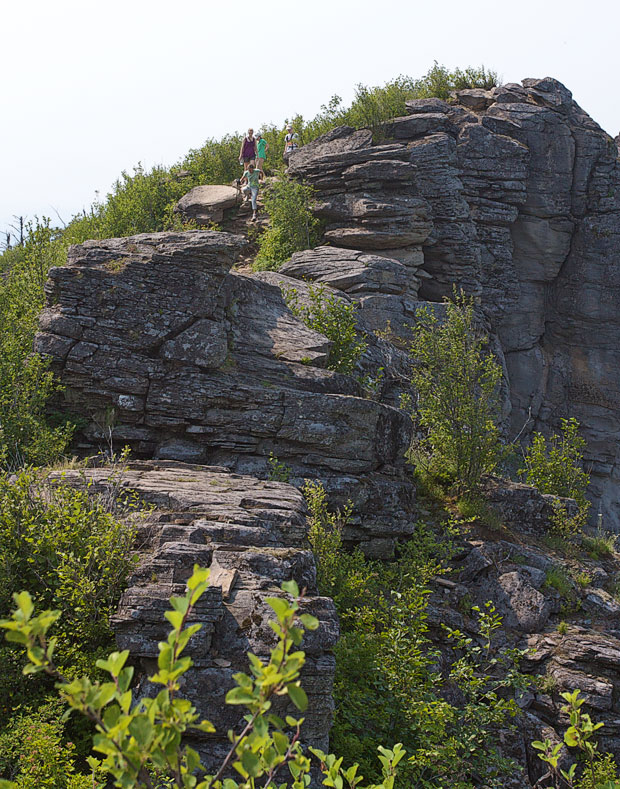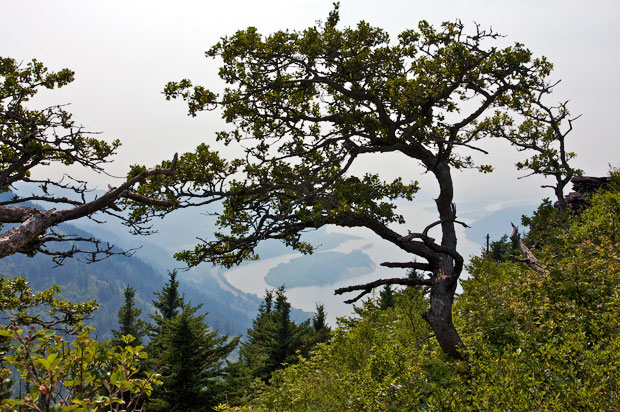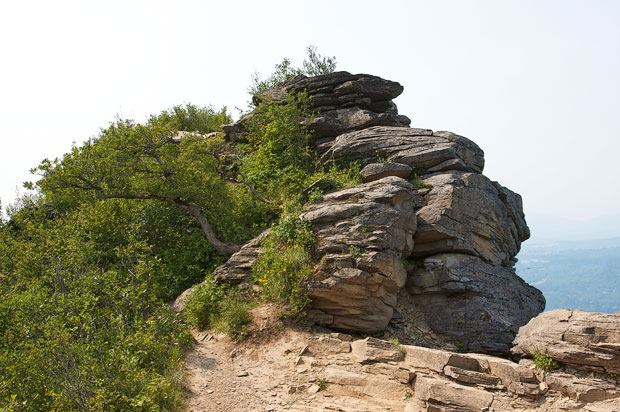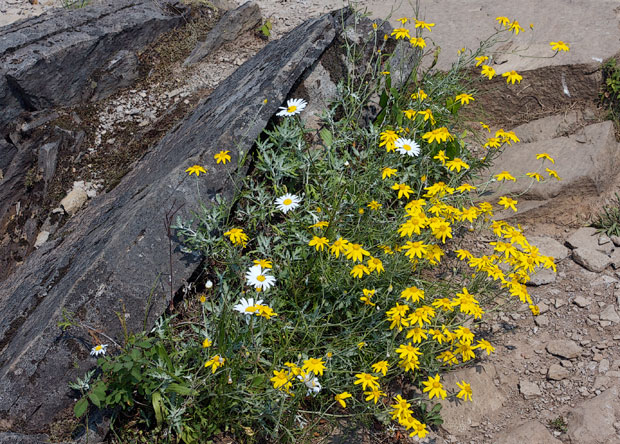Sam Hill’s reproduction of Stonehenge built as a memorial to local soldiers killed in World War I is obviously relatively “new.” But for me, personally, it’s as old as old can be. I first saw it when I lived in Goldendale when I was 4 years old, and I’ve never forgotten it. Every time I’ve returned to Goldendale, I’ve made it a point to visit it.
I suspect I associate it with old rock houses we use to see around Goldendale when we lived there. A lack of trees led pioneers to dig their houses into the ground and then build up stone walls above the ground, much like a modern daylight basement. By the time I lived there, the sod roofs had totally disintegrated, and all that was left was hole in the ground with short rock walls. I used to think that Trolls, not people, lived in them. Icann’t even guess what I associated Stonehenge with, though after repeated visits it’s become a photographic challenge.
I’d like to think that these are as good as shots as I’ve taken of Stonehenge, possibly because it’s one of the few times I’ve managed to get there in the middle of the day on a sunny day, though repeated shots have also forced me to see it in different ways.
I decided last year that I much prefer an overall shot taken from this perspective:
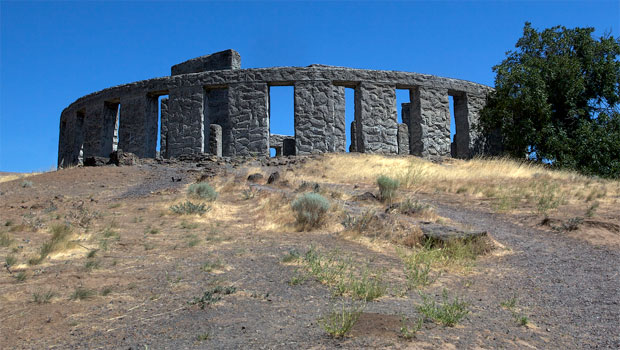
This year, with the addition of a wide-angle lens to my collection, I began to realize what a difference a few feet could make in the entire feel of the inner space. Here the inner ring makes you focus on the central platform,
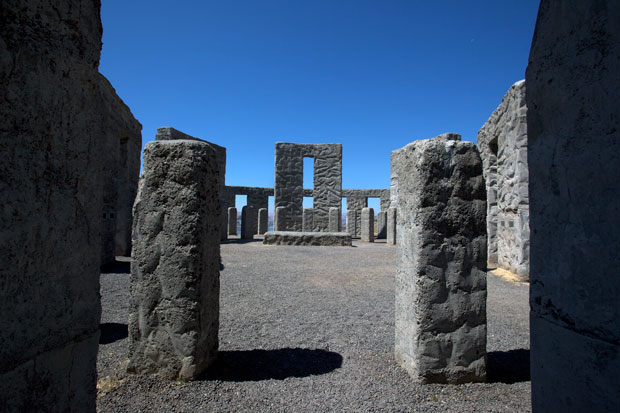
but a few feet forward and the whole space seems to open up:
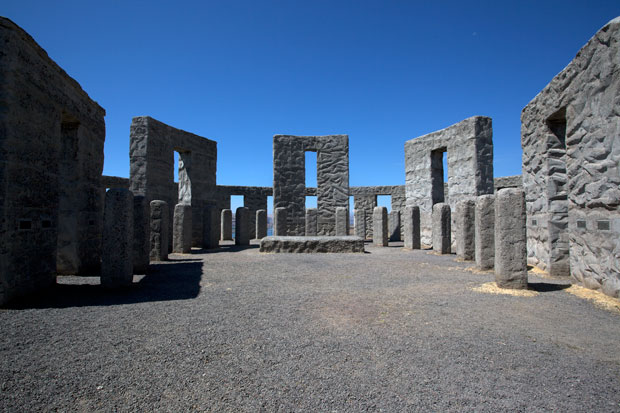
Once inside, the angle of the sun makes a tremendous difference how you see the outside world,
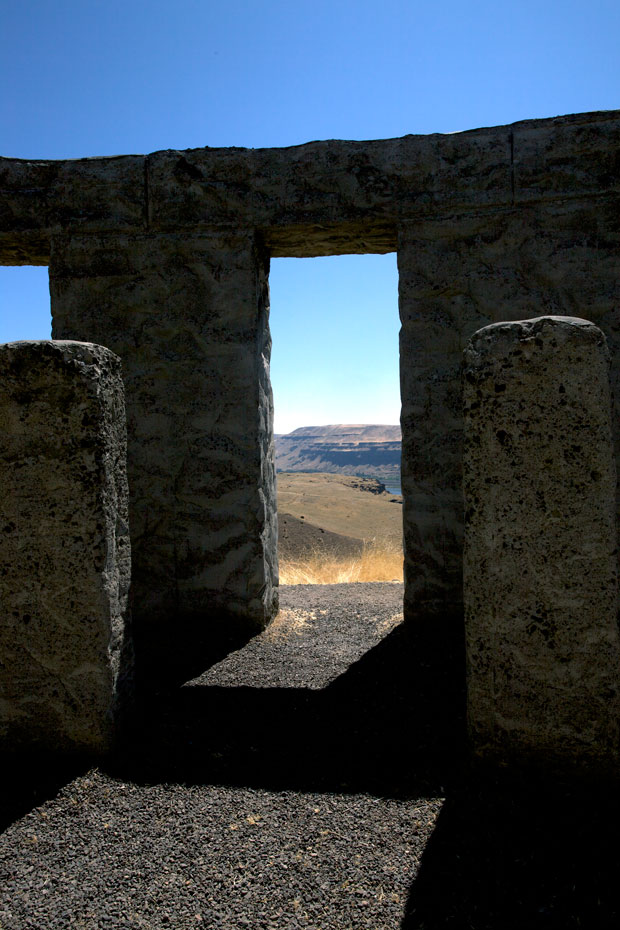
which to a great extent seems to depend more upon the shape of the shadows than on what actually lies outside the window.
